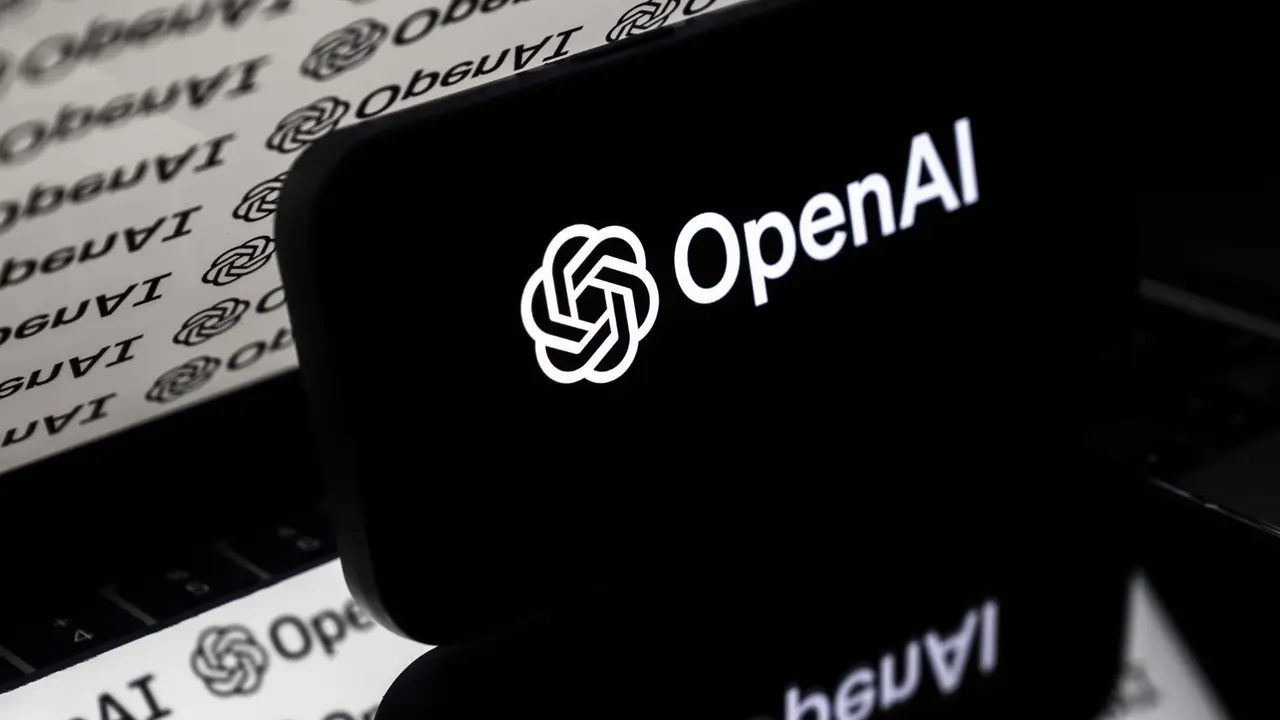Tencent Open-Sources Hunyuan3D World Model 1.0: A Breakthrough in AI-Generated 3D Environments
2 Sources
2 Sources
[1]
Tencent open-sourced a new AI that creates 3D worlds
Tencent has open-sourced the Hunyuan3D World Model 1.0, an AI model enabling interactive 3D world creation from text or a single image, integrating with computer graphics pipelines for editing and simulation. The model generates 360-degree explorable scenes using either text or image inputs. Its outputs are exportable as 3D meshes, compatible with game engines and modeling software. Tencent reported the Hunyuan3D World Model 1.0 features improved generation quality, texture detail, and adherence to instructions compared to other open-source alternatives. The company released the model publicly to encourage collaboration among developers and enthusiasts.
[2]
Tencent's Hunyuan Team Releases New Explorable World Generating AI Model
Tencent's Hunyuan team released a new artificial intelligence (AI) model on Sunday, which can generate three-dimensional (3D) worlds. Dubbed Hunyuan 3D World Model 1.0, it is an open-source model that supports both text and images as input. The model can generate 360-degree world views which are both explorable and interactive. Once generated, users can also traverse these worlds as playable assets. The Chinese tech conglomerate says the model can assist in video game development, virtual reality, and digital content creation. World generation models are one of the niche areas of generative AI, and they focus on the system's capability of creating geometric consistency, rendering efficiency, and visual diversity of worlds. These generated environments can then be used in diverse scenarios, ranging from creating video games to training robots virtually. Tencent's Hunyuan 3D World Model is currently available to download via the company's GitHub and Hugging Face listings. The model is being made available with a permissive "tencent-hunyuanworld-1.0-community" licence which allows both academic and commercial usage. Individuals who just want to test the model and not run it locally can go to Tencent's platform and begin generating. On the project page, the company says existing world generation approaches either focus on video-based methods or 3D-based methods. While the former provides strong visual diversity, the latter provides 3D consistency and efficiency in rendering. However, none of these approaches offers both, the team stated. To solve this problem, Hunyuan's team created a new framework. This framework uses a semantically layered 3D mesh representation that can project panoramic images as 360-degree world proxies. These proxies are then decomposed and reconstructed to create the different worlds. Researchers used this framework as the foundation to train the model to generate coherent, explorable, and interactive 3D worlds. Hunyuan's team said that the open-source version of the AI model is based on Flux's image generator; however, it can also be adapted to other models such as Hunyuan Image, Kontext, Stable Diffusion, and more. The company did not specify if the model will be available via application programming interfaces (APIs).
Share
Share
Copy Link
Tencent's Hunyuan team has released an open-source AI model capable of generating interactive 3D worlds from text or images, potentially revolutionizing video game development, virtual reality, and digital content creation.
Tencent Introduces Groundbreaking 3D World Generation AI
Tencent, the Chinese tech giant, has made a significant leap in the field of artificial intelligence with the release of its Hunyuan3D World Model 1.0. This open-source AI model, developed by Tencent's Hunyuan team, is capable of generating interactive and explorable three-dimensional (3D) worlds from either text descriptions or single images
1
2
.Capabilities and Features
The Hunyuan3D World Model 1.0 stands out for its ability to create 360-degree world views that users can explore and interact with. One of its key features is the generation of 3D meshes that are compatible with popular game engines and modeling software, making it a valuable tool for video game development, virtual reality applications, and digital content creation
1
.Tencent reports that their model offers improved generation quality, enhanced texture detail, and better adherence to input instructions compared to existing open-source alternatives. This advancement addresses a significant challenge in the field of world generation models, which typically struggle to balance visual diversity with geometric consistency and rendering efficiency
2
.Technical Framework
The model's framework utilizes a semantically layered 3D mesh representation that can project panoramic images as 360-degree world proxies. These proxies are then decomposed and reconstructed to create diverse worlds. This innovative approach serves as the foundation for training the model to generate coherent, explorable, and interactive 3D environments
2
.Availability and Licensing
In a move to foster collaboration and innovation, Tencent has made the Hunyuan3D World Model 1.0 available for both academic and commercial use. The model can be accessed through Tencent's GitHub and Hugging Face listings under a permissive "tencent-hunyuanworld-1.0-community" license
2
.For those who prefer not to run the model locally, Tencent has provided a platform where users can test the model's capabilities directly. This accessibility is expected to encourage widespread adoption and experimentation among developers and AI enthusiasts
2
.Related Stories
Potential Applications
The release of this model opens up exciting possibilities across various industries:
- Video Game Development: Game designers can rapidly prototype and create expansive 3D environments.
- Virtual Reality: VR content creators can generate immersive worlds for diverse applications.
- Digital Content Creation: Artists and designers can use the model to inspire and accelerate their creative processes.
- Robot Training: The generated environments could potentially be used for virtual training of robots in simulated scenarios
2
.
Future Developments
While the current open-source version is based on Flux's image generator, Tencent has stated that it can be adapted to work with other models such as Hunyuan Image, Kontext, and Stable Diffusion. However, the company has not yet specified whether the model will be available via application programming interfaces (APIs) in the future
2
.As the field of generative AI continues to evolve, Tencent's Hunyuan3D World Model 1.0 represents a significant step forward in creating more immersive and interactive digital experiences. Its open-source nature ensures that it will likely play a crucial role in driving innovation across multiple sectors in the coming years.
References
Summarized by
Navi
[1]
Related Stories
Recent Highlights
1
AI Chatbots Sway Voters More Effectively Than Traditional Political Ads, New Studies Reveal
Science and Research

2
Trump signs executive order to override state AI laws despite bipartisan pushback
Policy and Regulation

3
OpenAI warns upcoming AI models will likely pose high cybersecurity risk with zero-day exploits
Technology








